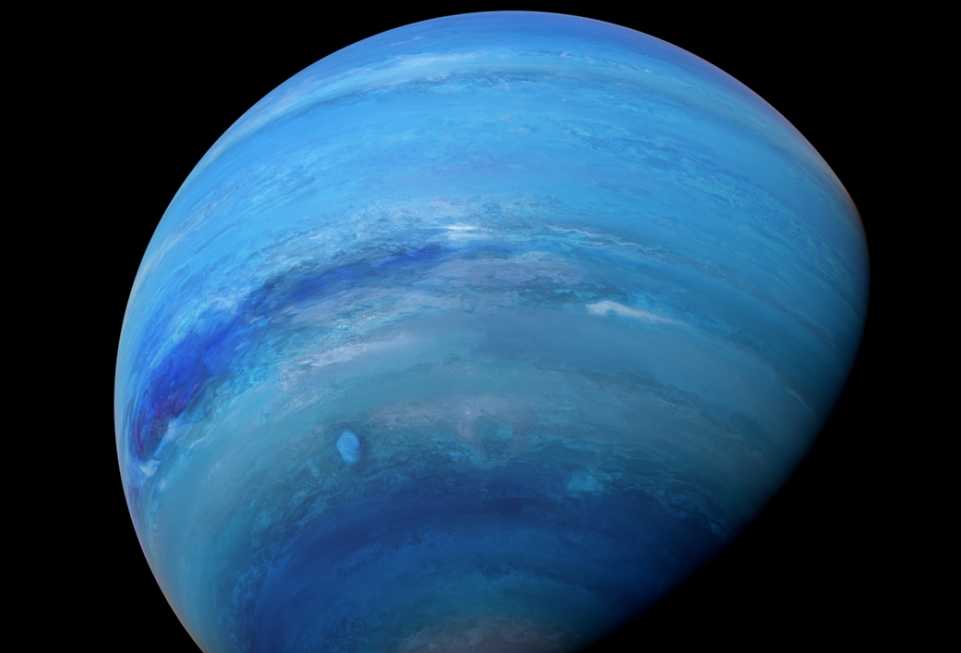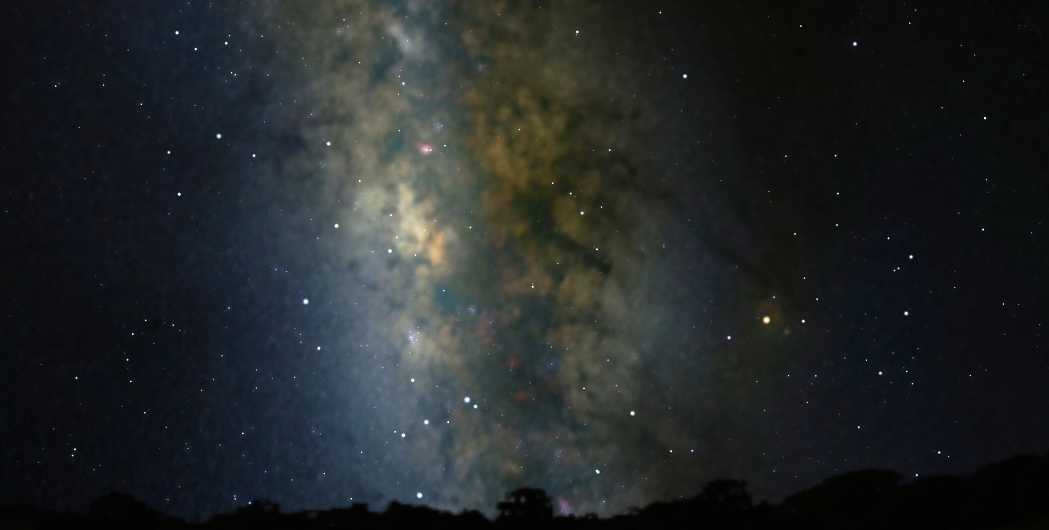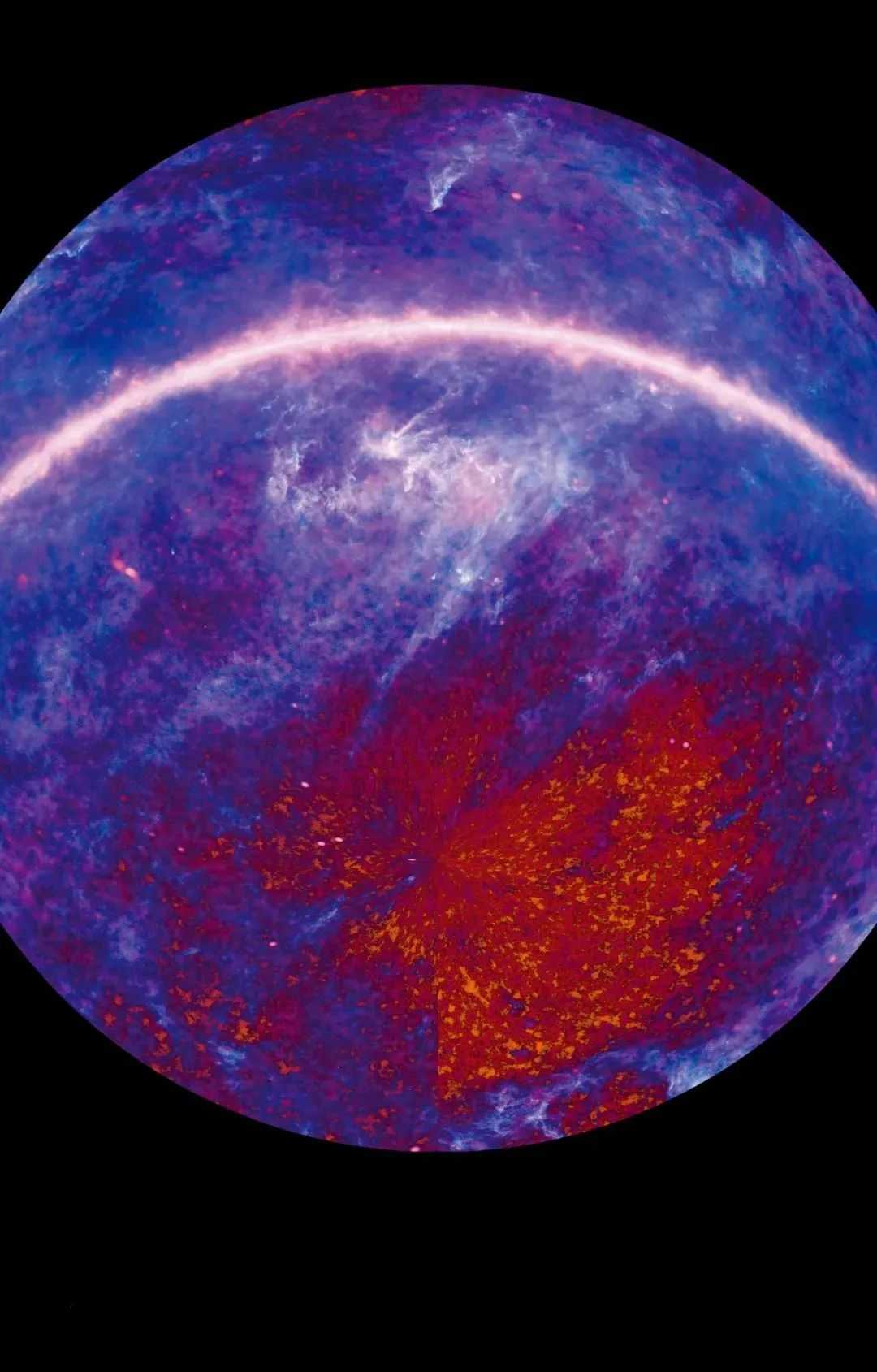Neptune: The Mysterious Ice Giant on the Solar System's Fringe
Neptune, the eighth and most distant planet from the Sun in our solar system, remains a captivating enigma. Hidden from the naked eye, this ice giant reveals a world of extremes, with its unique features and dynamic atmosphere offering a glimpse into the far - reaches of our cosmic neighborhood.

Source: Images from the Internet, if there is any infringement, please contact the removal of
With an average distance of about 4.5 billion kilometers from the Sun, Neptune takes a staggering 164.8 Earth years to complete one orbit. Its equatorial diameter measures around 49,244 kilometers, making it nearly four times wider than Earth. The planet is named after the Roman god of the sea, a fitting moniker considering its deep blue appearance, which comes from the methane in its atmosphere absorbing red light. Neptune's atmosphere is mainly composed of hydrogen and helium, with a small but significant amount of methane. This mix, along with an unknown atmospheric gas, gives the planet its vivid, bright blue color. Through a small telescope, it appears as a tiny, faint blue - green disk.
Beneath its gaseous exterior, Neptune likely has a core of rock and ice, surrounded by a mantle of hot, dense fluids made up of water, ammonia, and methane ices. The planet's interior is a high - pressure, high - temperature environment, with the core reaching temperatures of approximately 5,400 K (5,100 °C; 9,300 °F). Neptune also has a complex and active atmosphere. It features some of the strongest winds in the solar system, with speeds reaching up to 2,100 km/h (1,300 mph). These winds drive large - scale storms, such as the Great Dark Spot observed by Voyager 2 in 1989, a storm system about the size of Earth. In 2018, new dark spots were identified, highlighting the planet's ever - changing weather patterns. Additionally, in 2023, the James Webb Space Telescope made history by capturing the first images of Neptune's auroras, which are irregularly shaped and closer to the planet's equator due to its unique magnetic field, with the magnetic poles offset from the rotational axis.
Neptune has 14 known moons, with Triton being the largest and most fascinating. Discovered just 17 days after Neptune itself in 1846, Triton is unique in that it orbits Neptune in a retrograde direction, opposite to the planet's rotation. This suggests that Triton may have been a Kuiper Belt object captured by Neptune's gravity. Triton is extremely cold, with surface temperatures around -235 °C (-391 °F), yet it has active geysers that spew icy material. The planet also has a faint and fragmented ring system, discovered in 1984 and confirmed by Voyager 2. These rings, along with the planet's moons and dynamic atmosphere, continue to intrigue scientists, who hope to unlock more of Neptune's secrets through future space missions and advanced telescopic observations.
-------- END --------






